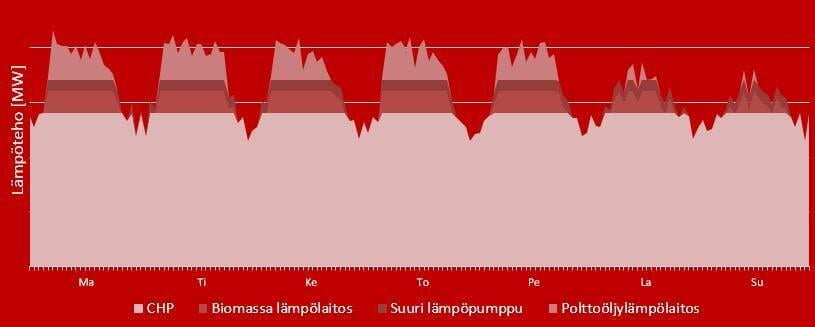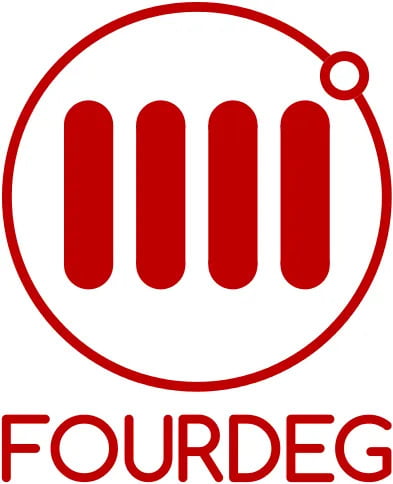Demand side response (DSR) in district heating
Written by Sonja Salo. Published earlier by Fourdeg Oy at Mon 10 Sep 2018 11:00:00 AM EEST
This article was previously published in Kuntatekniikka (12/2016)
Equipping the heating system of buildings with intelligent control devices can bring significant economic and environmental benefits. Once the buildings are connected to the local district heating network of cities or municipalities, the buildings should not be optimized individually, but the entire district heating network as a system that simultaneously optimizes production, distribution and consumption.
About half of Finnish homes are connected to district heating. Total energy consumption in 2015 was about 33 TWh, down 5 percent from the previous year, due to record warm weather.

District heating has been considered the most cost-effective way to heat buildings, especially in urban areas. Finland, like other Nordic countries, has some of the world's most comprehensive district heating networks. However, alternative forms of heating are evolving at a rapid pace. Increasing competition and changes in the direction of energy policy are putting great pressure on district heating companies to change.
District heating is currently produced directly to meet consumer demand and at fairly rigid pricing. District heating consumption varies both seasonally and daily according to outdoor temperature and consumer behavior. Flexibility in energy supply is mainly achieved through changes in production, the utilization of large water tanks and the optimization of the distribution network. Momentary peaks in demand often have to be replaced by fossil fuels because they are suited to rapid changes in heat production.

